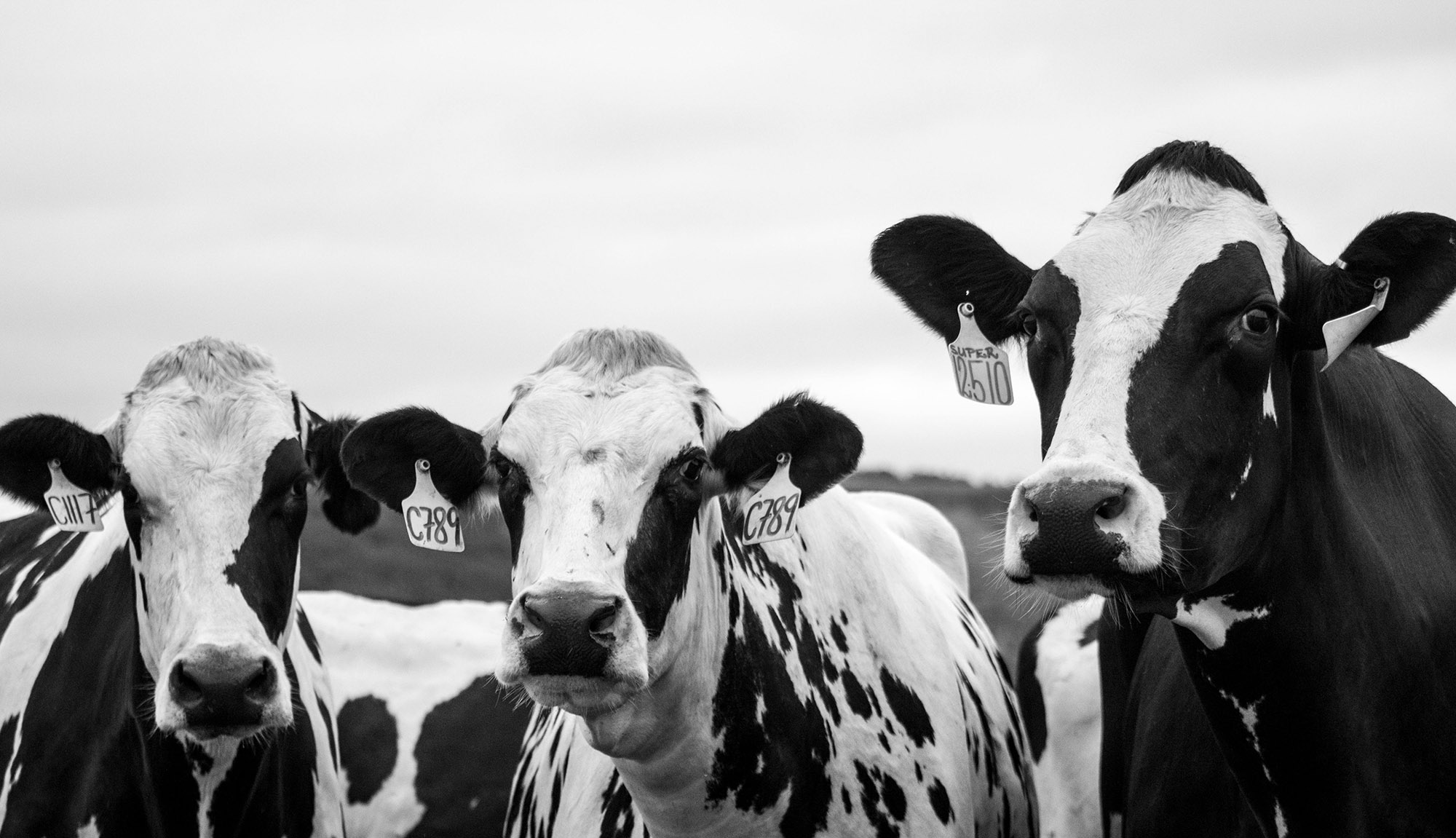Thursday, August 22, 2024
CEEZAD researchers examine H5N1 HPAIV in environmental samples from a dairy farm
 An article co-authored by the Director of the Center of Excellence for Emerging and Zoonotic Animal Diseases (CEEZAD, www.ceezad.org) and the Center on Emerging and Zoonotic Infectious Diseases (CEZID; https://www.k-state.edu/cezid/) advances the understanding of how the HPAIV H5N1 virus spreads among terrestrial mammals including dairy cattle.
An article co-authored by the Director of the Center of Excellence for Emerging and Zoonotic Animal Diseases (CEEZAD, www.ceezad.org) and the Center on Emerging and Zoonotic Infectious Diseases (CEZID; https://www.k-state.edu/cezid/) advances the understanding of how the HPAIV H5N1 virus spreads among terrestrial mammals including dairy cattle.
The article was co-authored by Dr. Juergen A. Richt, Regents and University Distinguished Professor at Kansas State University and director of CEEZAD and CEZID. It was published in the July 15 edition of Virus Genes.
Other co-authors include Gagandeep Sing, Jessie D. Trujillo, Franco Matias-Ferreyra, Sujan Kafle, Taeyong Kwon, Chester McDowell, Isaac Fitz, Lance Noll, Jamie Retallick, Natasha Gaudreault and Igor Morozov.
The recent expansion of HPAIV H5N1 infections in terrestrial mammals in the Americas including the outbreak in U.S. dairy cattle, emphasizes the critical need for better epidemiological monitoring of zoonotic diseases. In this work, CEEZAD researchers detected, isolated, and characterized the HPAIV H5N1 from environmental swab samples collected from a dairy farm in the state of Kansas, USA.
Genomic sequencing of these samples uncovered two distinctive substitutions in the PB2 (E249G) and NS1 (R21Q) genes that are rare and absent in recent 2024 isolates of H5N1 circulating in the mammalian and avian species. Additionally, approximately 1.7% of the sequence reads indicated a PB2 (E627K) substitution, commonly associated with virus adaptation to mammalian hosts.
Phylogenetic analyses of the PB2 and NS genes demonstrated more genetic identity between this environmental isolate and the 2024 human isolate (A/Texas/37/2024) of H5N1. Conversely, HA and NA gene analyses revealed a closer relationship between the environmental isolate and those found in other dairy cattle with almost 100% identity, sharing a common phylogenetic subtree.
These findings underscore the evolutionary progression of HPAIV H5N1 among dairy cattle and reinforces the need for more epidemiological monitoring, which can be done using environmental sampling.
The full article can be read by following this link: Detection and characterization of H5N1 HPAIV in environmental samples from a dairy farm: https://link.springer.com/article/10.1007/s11262-024-02085-4